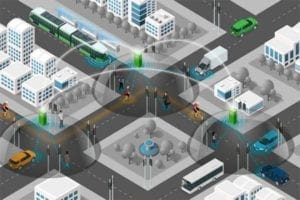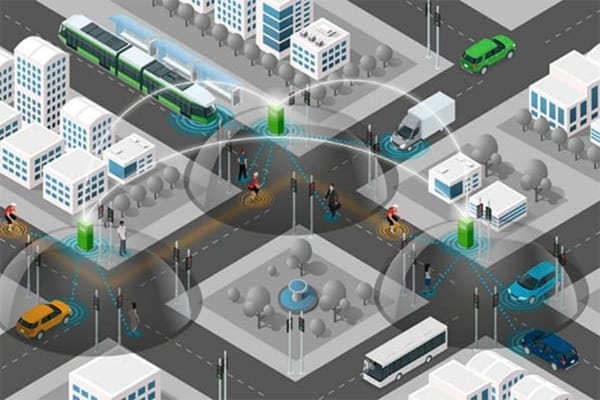The University of Melbourne has partnered with Cubic Transportation Systems (CTS) to test how its artificial intelligence technology with real-time computer vision tracking can help improve intersection safety and efficiency for pedestrians, cyclists, and road users.
Seven CTS Gridsmart cameras are being installed in strategic locations along the Australian city’s Rathdowne Street, and are scheduled to go live in September.
Rathdowne Street is already the location for the Australian Integrated Multimodal EcoSystem (AIMES) testbed. Led by the University of Melbourne, AIMES was established to test highly integrated transport technology with a goal to deliver safer, cleaner and more sustainable urban transport outcomes.
The partners note the project comes at an important time, as cities around the world are seeing unprecedented levels of walking and cycling as a result of the global pandemic – with some of Melbourne’s bike routes reporting a 300% increase in usage.
“With the huge additional influx of bikes, pedestrians and cars, there is a significant risk of more congestion and accidents at intersections,” said Chris Bax, vice president of ITS global strategy, Cubic Transportation Systems.

“In order to protect cyclists and reduce congestion, cities must embrace technologies that integrate multiple sources of data to optimise efficiencies.”
According to CTS, Gridsmart is a complete omnidirectional-imaging, real-time computer vision product, comprising hardware and software, that works with the traffic controller to actuate intersections for cars and bikes to provide rich intersection performance data.
Gridsmart uses its fisheye Bell Camera, along with real-time computer vision tracking and deep neural net classification, to track and discriminate bicyclists from other road users as they pass into and through intersections.
The system tracks cyclists as they travel through the intersection, providing the correct amount of green time for individuals based on their chosen path and speed.
It also aims to produce improved road safety by detecting wrong way driving and increase situational awareness by providing live video from the intersection.
“The Gridsmart camera is constantly learning, so it knows not to give priority to a turning vehicle when there’s just one car waiting, but instead considers how many cars are waiting before it decides to actually start to give right turns,” added Bax.
“It also categorises vehicles, so we can distinguish between cyclists, cars, and trucks.”
Read more from CiTTi
https://www.cittimagazine.co.uk/miami-dade-county-to-deploy-advanced-traffic-management-system/
https://www.cittimagazine.co.uk/cubic-to-deploy-intelligent-traffic-technologies-in-merida/





